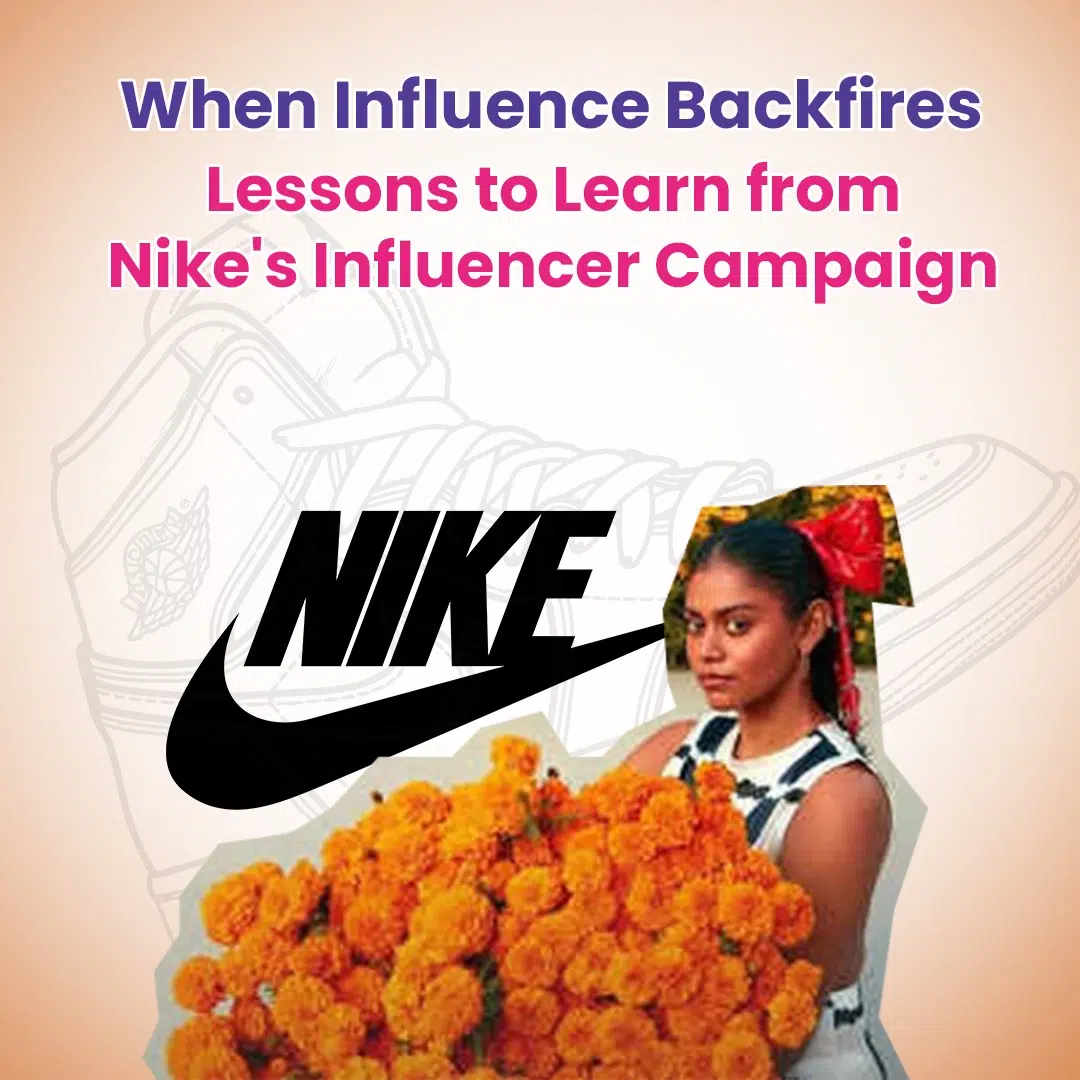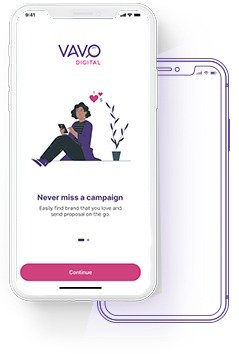
When Influence Backfires: Lessons to Learn from Nike’s Influencer Campaign
In today’s creator economy, every collaboration is more than just a marketing move—it’s a statement.
That’s why it’s critical for brands to ensure the voices they amplify reflect the values they stand for. A recent Nike India campaign—intended to spotlight sustainability and creative expression—ended up facing backlash due to reactions around the featured influencer.
The incident highlights a growing truth: influence works best when it’s aligned. And when it’s not, the disconnect can spark conversations brands aren’t prepared for.
So, what exactly happened—and what can marketers learn from it?
Let’s break it down.
Nike’s Collaboration and the Controversy That Followed
Source: Nike
What Was the Collaboration About?
Nike teamed up with NorBlack NorWhite to unveil a vibrant collection of apparel, footwear and a cross-body bag that celebrate Indian culture and craftsmanship. The collaboration blended Indian craft with sport, featuring traditional design elements like the 5,000-year-old bandhani tie-dyeing technique, and was positioned as Nike’s first global collaboration with the Delhi-based indie fashion label.
The Campaign Launch and Initial Reception
The launched campaign which was intended as a World Environment Day campaign highlighting sustainability and cultural storytelling. The brand featured digital influencer and model Naley (@naleybynature) in their campaign visuals to promote this heritage-meets-sport collection.
Who is Naley and Why the Backlash?
The backlash started after Nike partnered with Naley, a US-based Bangladeshi influencer, for the promotional campaign. The controversy erupted when social media users discovered Naley’s past posts where she had made statements about Kashmir, referring to it as “occupied by India,” and expressed views on global conflicts, particularly regarding Palestine. Many Indian consumers interpreted these statements as anti-India sentiment.
How the Controversy Unfolded?
After the campaign went public, social media started buzzing about it, but not in ways Nike had hoped. The controversy gained momentum when Instagram pages began sharing screenshots of Naley’s previous social media posts alongside images from the Nike campaign. Indian users expressed their displeasure, with #BoycottNike trending on X (formerly Twitter), turning what was meant to be a celebration of Indian craftsmanship into a major online controversy. The backlash grew stronger even after clarifications were shared, and Nike eventually removed the campaign post—though screenshots had already spread widely online.
Also read: Expert curated Influencer Marketing Strategies that work in 2025
Marketing Lessons Brands Can’t Ignore from Nike Controversy
Here’s what marketers and brand teams should take away from Nike’s experience:
1. Influencer Vetting is Non-Negotiable
Choosing a creator isn’t just about follower count or aesthetics. Brands must:
Deep-dive into an influencer’s past content, public statements, affiliations, and values. Monitor cultural, political, or regional sensitivities—especially if operating in a country with complex socio-political landscapes like India.
PS. Build a proper influencer audit process that goes beyond superficial checks.
2. Alignment > Aesthetics
Aesthetics make things scroll-stopping. But alignment makes them sustainable. If an influencer’s tone, values, opinions and community sentiment don’t align with the brand—even if their content is visually strong—it can lead to trust issues.
3. Silence Isn’t Neutral
When backlash starts, brands can’t afford to stay quiet. Even a simple, transparent statement can help clarify intent and show accountability. Waiting too long gives the internet time to write its own version of your story.
4. Influence Means Responsibility for Everyone
Every collaboration reflects mutual values, especially in culturally sensitive campaigns. Both brands and influencers must understand the reputational stakes and establish clear standards for handling sensitive topics.
5. National Sentiment Matters in Local Campaigns
Nike’s campaign targeted Indian consumers but featured a non-Indian influencer perceived as “anti-India” by the audience, creating a tone-deaf disconnect that overshadowed the campaign’s positive message. When targeting regional markets, local representation and cultural sensitivity are critical to avoid alienating your core audience.
6. Every Campaign Element Affects Brand Perception
One misaligned detail can shift focus from your brand message to your brand mistake. Teams must evaluate campaigns through a public sentiment lens, not just design and performance metrics.
Final Thoughts
Influencer marketing is no longer just about aesthetics or algorithms—it’s about alignment. One misstep can distract from a great message, while the right influencer can help amplify it meaningfully.
The Nike x Naley episode is a reminder: every face in your campaign becomes part of your brand story. And in today’s climate, your audience is paying close attention.
At Vavo Digital, we go beyond numbers—matching brands with influencers who reflect not just the brief, but the bigger picture.
Looking to partner with influencers who truly resonate? Let’s connect
FAQs: Influencer Collaborations & Brand Safety
Q1. What caused the backlash in Nike’s campaign?
The controversy stemmed from a featured creator whose past political posts resurfaced, sparking concerns about misalignment with audience sentiment.
Q2. Should brands avoid influencers with strong opinions?
Not necessarily. What matters is alignment—does the influencer’s voice, values, and tone support your campaign goals and brand ethos?
Q3. How can brands prevent such backlash?
Run a thorough check: past posts, public perception, and audience sentiment. Always prioritize context, not just content.
Q4. How long should brands spend on influencer vetting before a campaign launch?
Allow at least 2-3 weeks for thorough vetting, including reviewing 6-12 months of past content and checking cross-platform presence. For culturally sensitive campaigns, add an extra week for local market research—rushing this process often leads to costly crisis management later.
Q5. What role does a platform like Vavo Digital play?
Vavo Digital ensures brands are matched with influencers who are not only relevant but also resonate with the intended audience—safely, authentically, and strategically.




